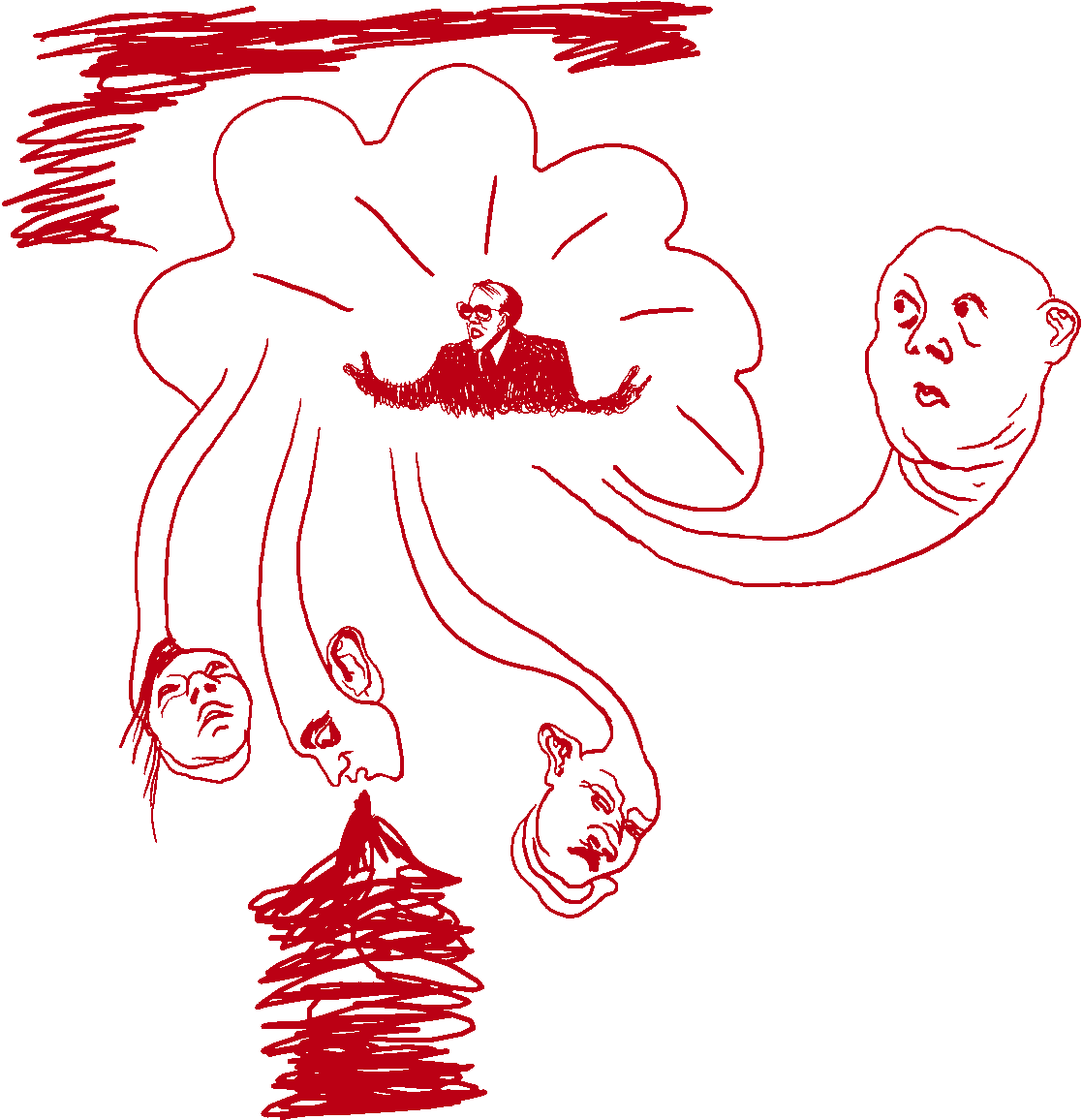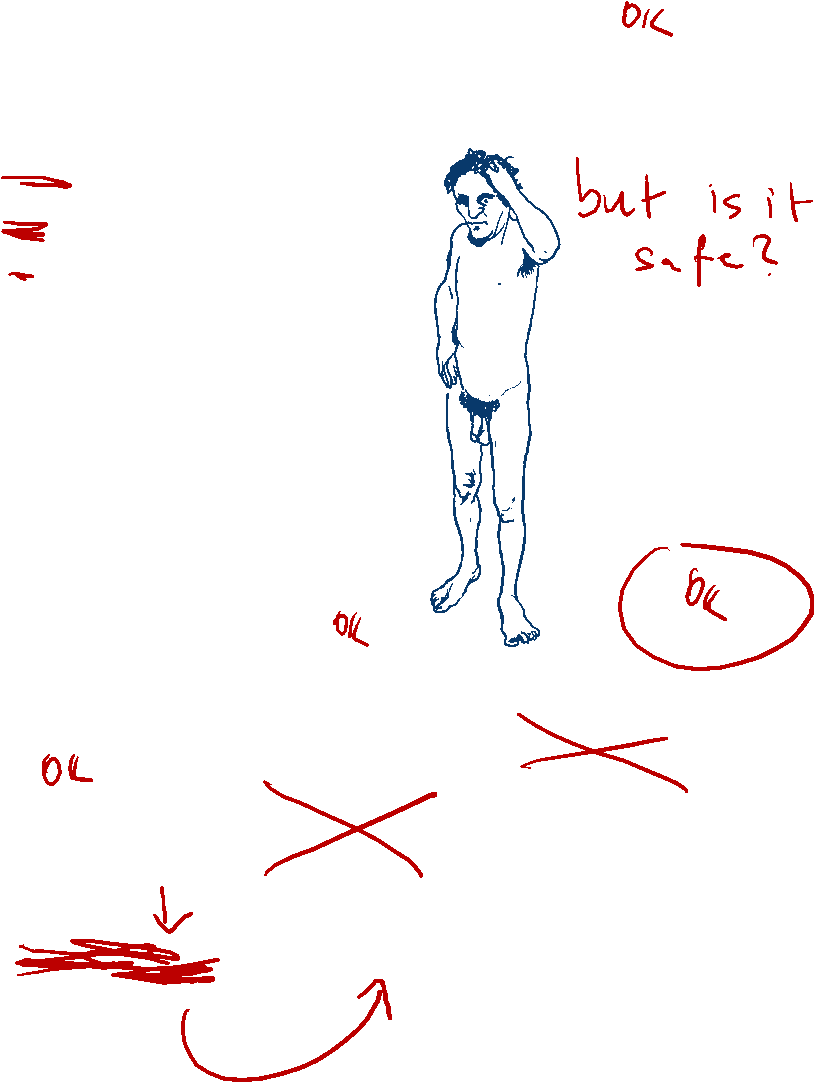Editor's Note: Call to Earth is a CNN editorial series committed to reporting on the environmental challenges facing our planet, together with the solutions. Rolex’s Perpetual Planet Initiative has partnered with CNN to drive awareness and education around key sustainability issues and to inspire positive action.
Every spring and autumn, rivers of saiga antelope once flowed across the steppes of central Asia. In herds of 200,000 the nomadic animals migrated thousands of miles in search of fresh grass and fairer weather.
Dating back to the Ice Age, saiga once roamed from Britain all the way to Canada, alongside woolly rhinos and mammoths. They are even depicted in rock art found in 19,000-year-old caves in Marseille, France.
Today, their range has diminished, as disease and poaching caused populations to collapse. The majority live in Kazakhstan, with smaller populations in Uzbekistan and Russia. Another isolated population lives in Mongolia.
But recent conservation efforts by organizations like the Altyn Dala Conservation Initiative are helping saiga numbers rebound, and so this Ice Age antelope continues to roam the vast grasslands of central Asia.











